5 tips for buying a gaming handheld — decide between Switch 2, Steam Deck and more
Find the perfect handheld console for you
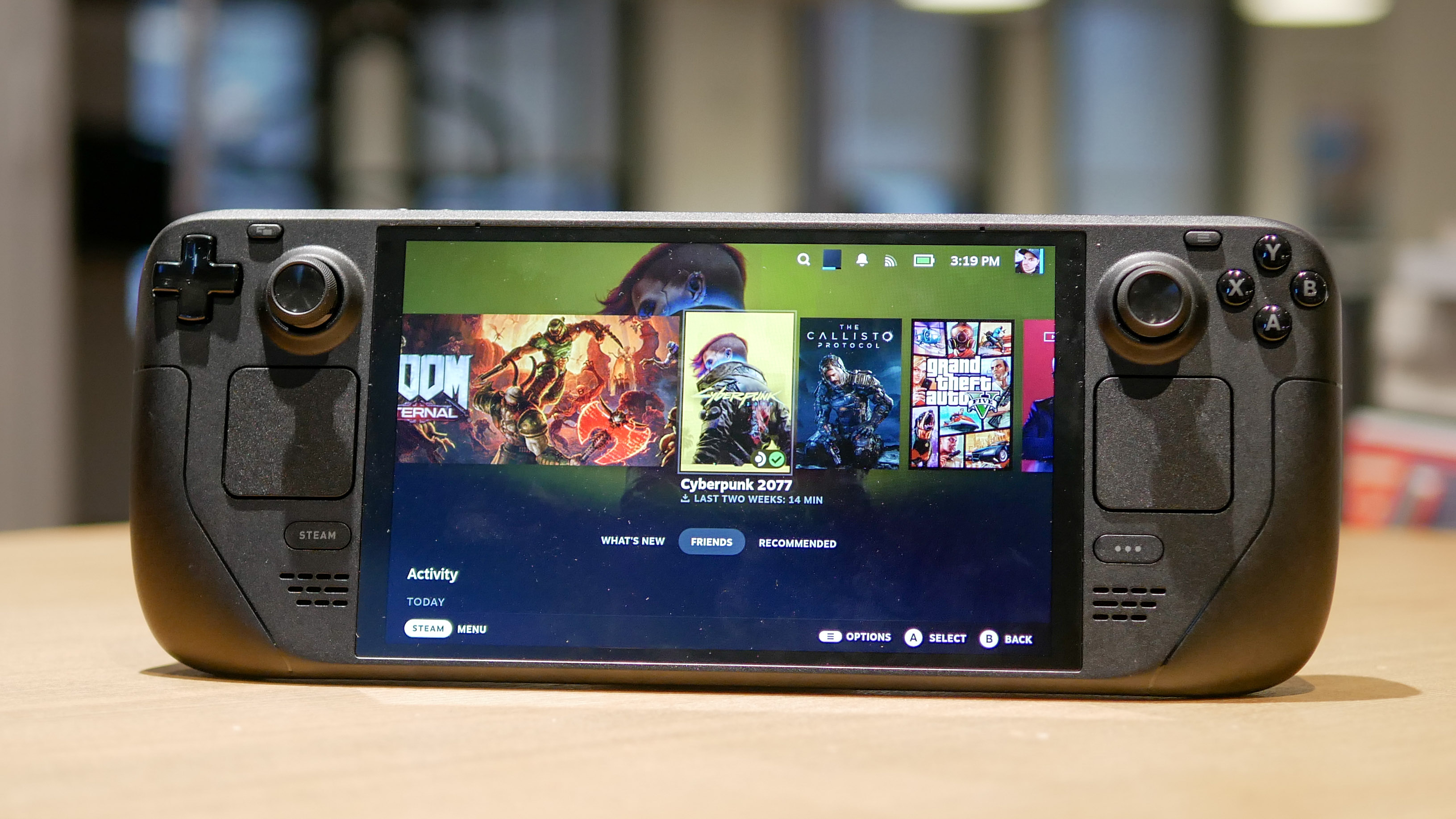
Handheld gaming is entering a new era. The Switch 2 leads the charge with upgraded hardware and a fresh wave of next-gen Nintendo games. But it's not the only handheld in town.
The Steam Deck and ROG Ally continue to push portable PC gaming forward with access to massive libraries and serious power. Today’s best handhelds offer something for every kind of player, whether you're chasing indie gems, high-end visuals, or classic series.
Battery life and performance still vary, so picking the right device matters. Here's how to choose the best handheld console for your gaming needs, whether you're team Nintendo or looking beyond.
1. Think about where you'll actually play
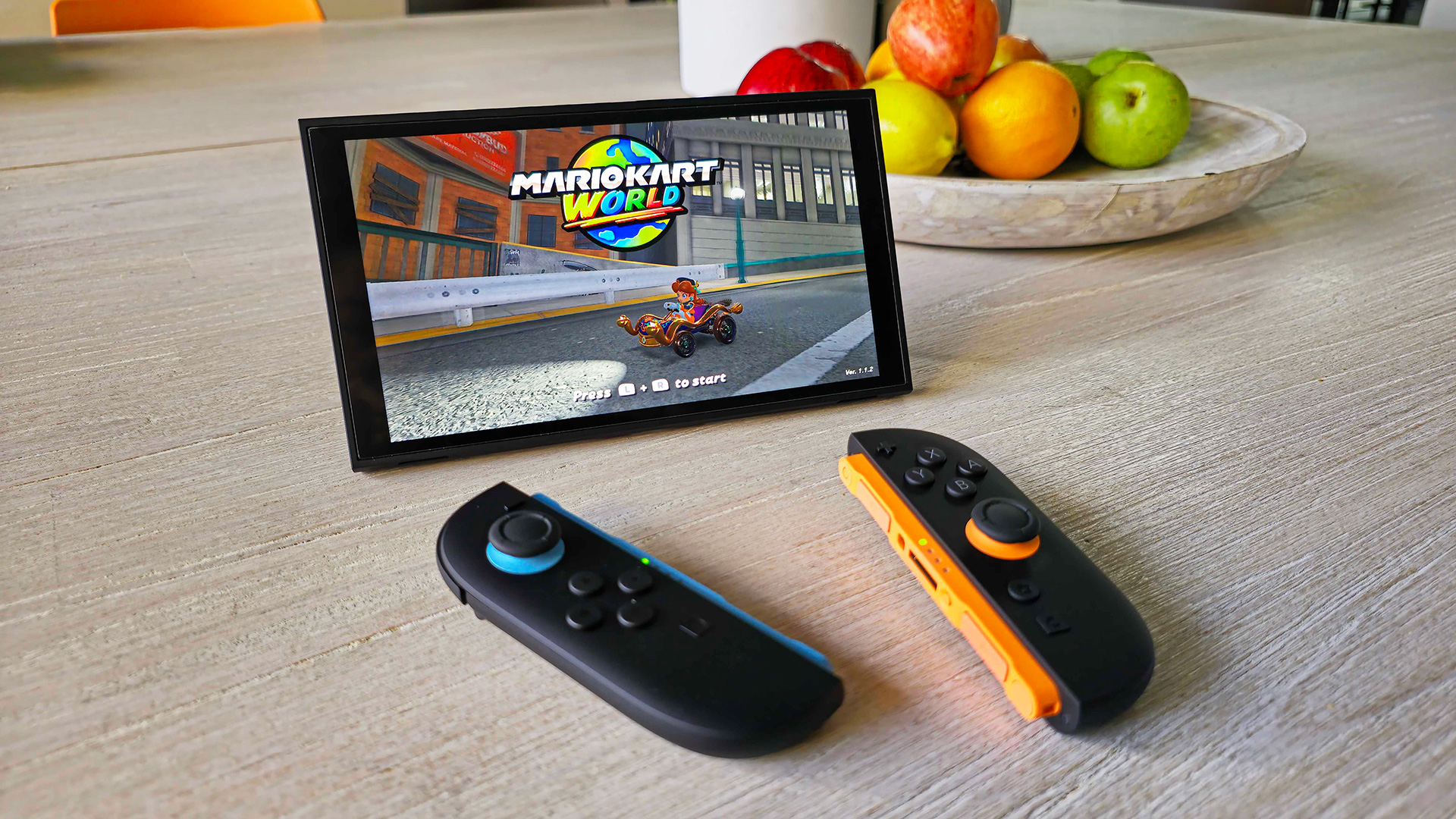
Compact devices like the Nintendo Switch OLED are designed for portability and fit easily in most bags, perfect for trains or quick trips.
Bigger gaming handhelds like the Steam Deck pack more power but typically need their own carrying cases and can feel substantial during extended use. Ask yourself: will you mostly play at home in bed, on short commutes, or during long flights where portability matters most?
Nintendo Switch 2 restocks - quick links
- Best Buy: check stock
- Walmart: check stock
- GameStop: check stock
- Target: check stock
- Nintendo: check stock
- Amazon: check stock
- Newegg: check stock
2. Pick a screen size that works for you
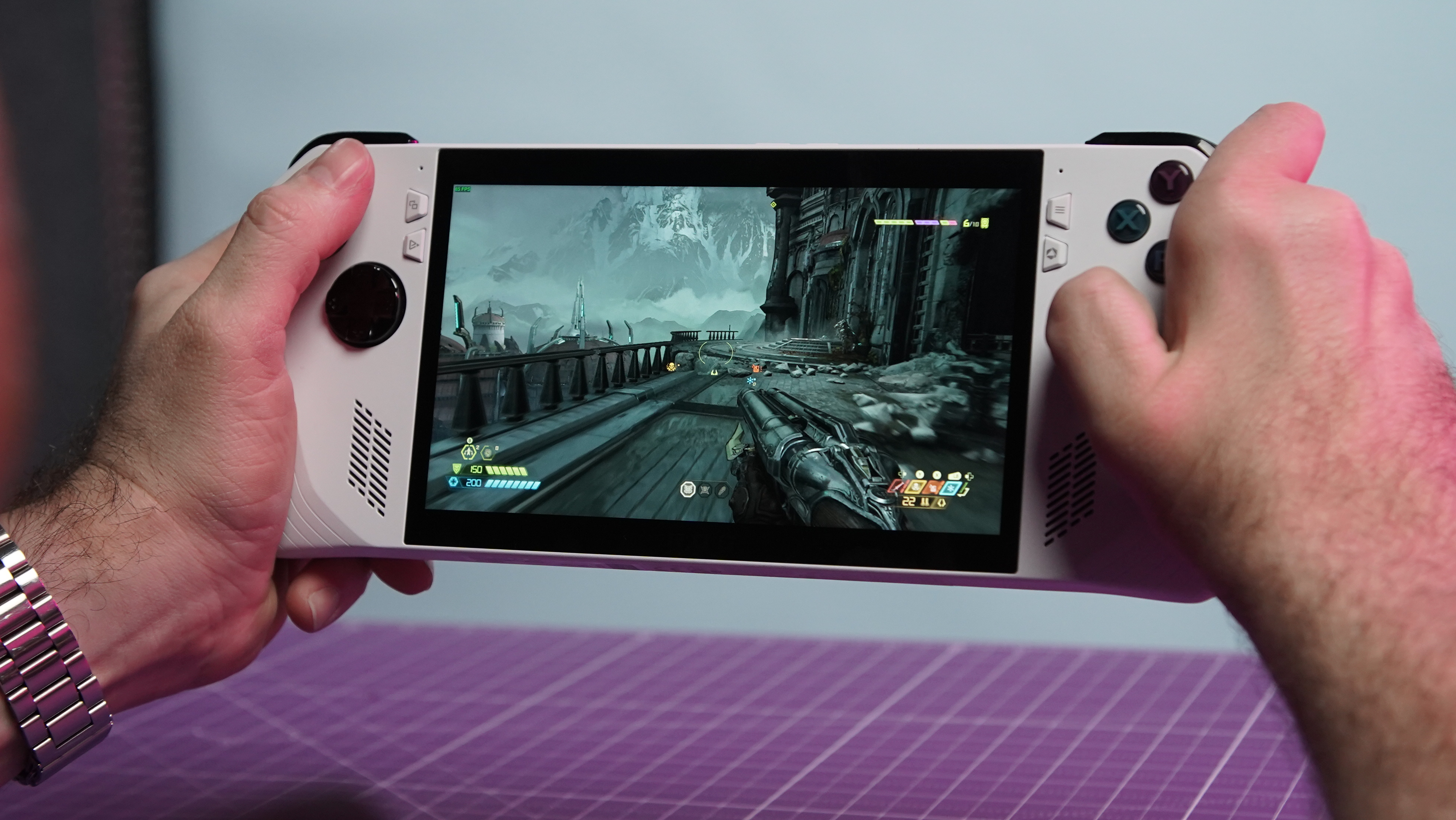
The screen size makes a huge difference in how much you'll enjoy gaming, so choose based on what feels right for your eyes and hands. Smaller 6–7 inch screens are great for quick gaming sessions and help the battery last longer, while 8+ inch screens make games look more impressive but drain power faster.
OLED screens look amazing with bright colors and deep blacks, but they cost more and might hurt battery life. Think about whether you want the best-looking games possible or prefer to play longer without charging.
Screen resolution and refresh rate also matter. A 1080p display is a sweet spot for most handhelds — sharp without being too demanding on performance. Higher refresh rates make games feel smoother, but they also consume more power.
3. Make sure it plays the games you're after
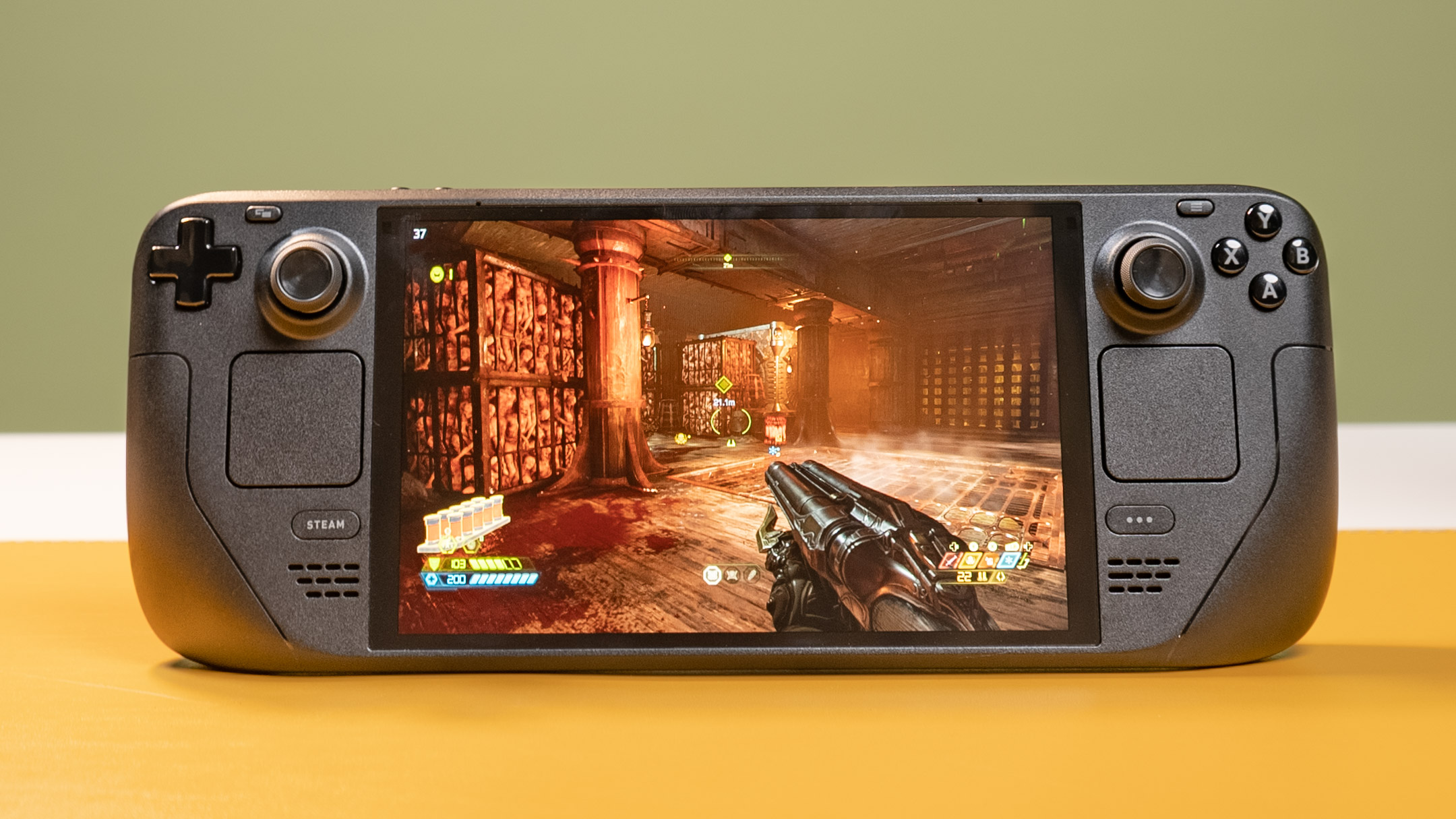
Note down the games you really want to play, then check which handhelds can actually run them. Nintendo Switch has exclusive games like Legend of Zelda and Mario Kart that you can't get anywhere else, plus tons of indie games and popular titles.
PC handhelds like Steam Deck let you play games from Steam, Epic Games Store, and other PC platforms, plus you can run emulators for old console games. Some devices are better for certain types of games, so focus on the one that has most of the games you actually care about.
4. Decide between power and battery life

You need to choose whether you want top-tier gaming performance or longer playtime without plugging in. High-end handhelds with powerful chips can run demanding games but often only last 2–3 hours on a charge. More efficient devices like the Nintendo Switch offer 4–6 hours of battery life but can’t run the latest PC titles.
Some handhelds offer a compromise by letting you lower graphics settings—reducing visual quality can extend battery life, sometimes doubling playtime from around 2 hours to 4 or more.
Consider whether you're usually near a charger during long sessions, if you're willing to carry a power bank, or if you'd prefer to trade some graphics quality for extra hours of uninterrupted play.
5. Make sure it feels good in your hands
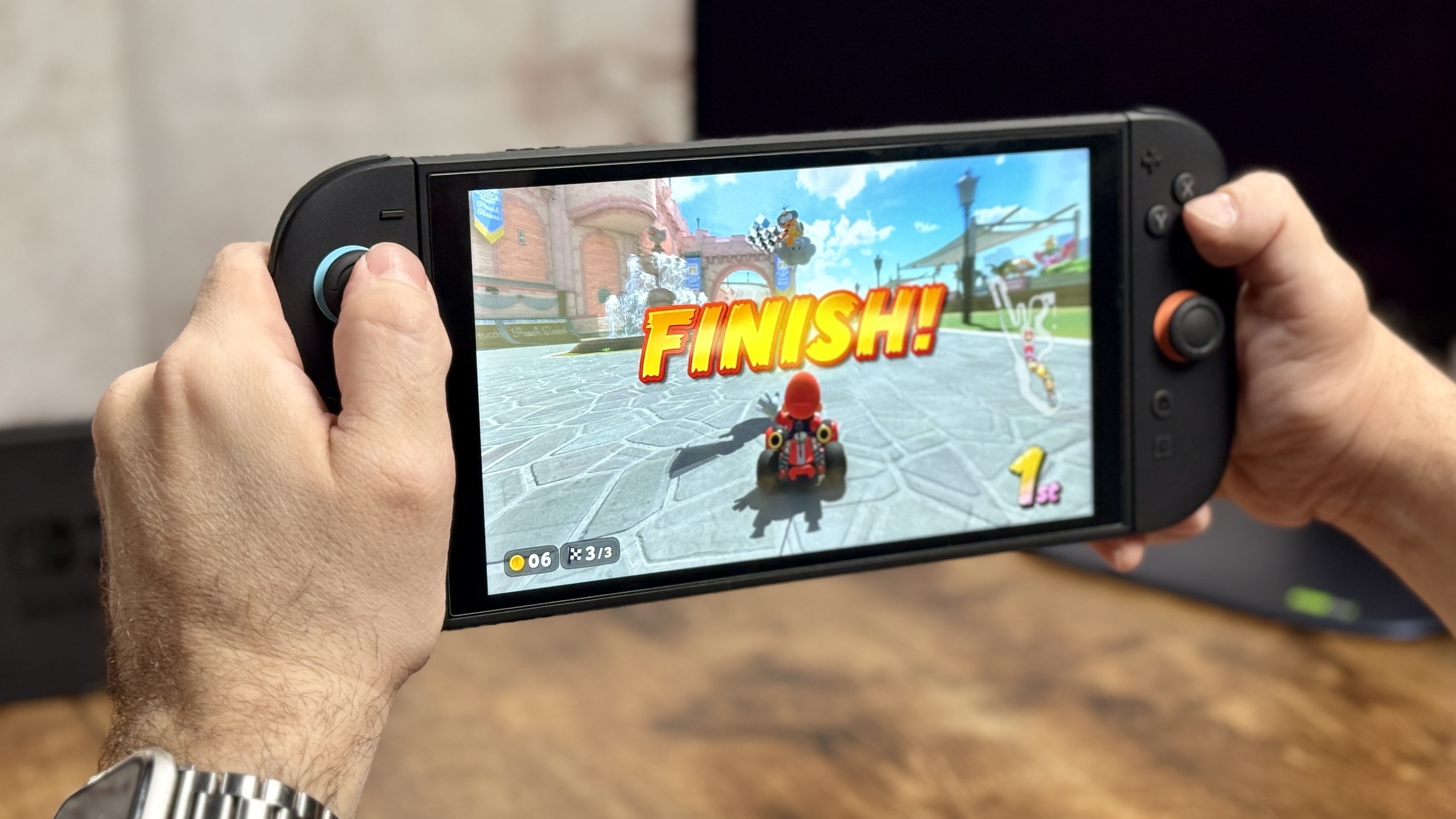
Comfort matters way more than you might think, especially if you plan to game for hours at a time. Try to hold different devices in a store to see if the buttons are easy to reach, the grip feels natural, and the weight doesn't bother you.
Some handhelds like the Nintendo Switch have regular console-style controls, while others like the Steam Deck add extra features like dual trackpads and four back paddle buttons. The ROG Ally also includes back paddles for additional control options.
Decide if you want simple, familiar controls or don't mind learning new layouts for these extra features. The most powerful handheld in the world isn't worth it if it hurts to hold.
Now you've learned how to choose the right handheld console for you, why not take a look at our other useful gaming guides?
Check out I spent an entire weekend playing the Nintendo Switch 2 — these 5 features really stand out and 11 insider tips to make your games fun faster (without a new GPU).
And, if you're interested in getting free games on PlayStation, PC and Xbox, we've got you covered.
Get instant access to breaking news, the hottest reviews, great deals and helpful tips.

Kaycee is Tom's Guide's How-To Editor, known for tutorials that skip the fluff and get straight to what works. She writes across AI, homes, phones, and everything in between — because life doesn't stick to categories and neither should good advice. With years of experience in tech and content creation, she's built her reputation on turning complicated subjects into straightforward solutions. Kaycee is also an award-winning poet and co-editor at Fox and Star Books. Her debut collection is published by Bloodaxe, with a second book in the works.
You must confirm your public display name before commenting
Please logout and then login again, you will then be prompted to enter your display name.
